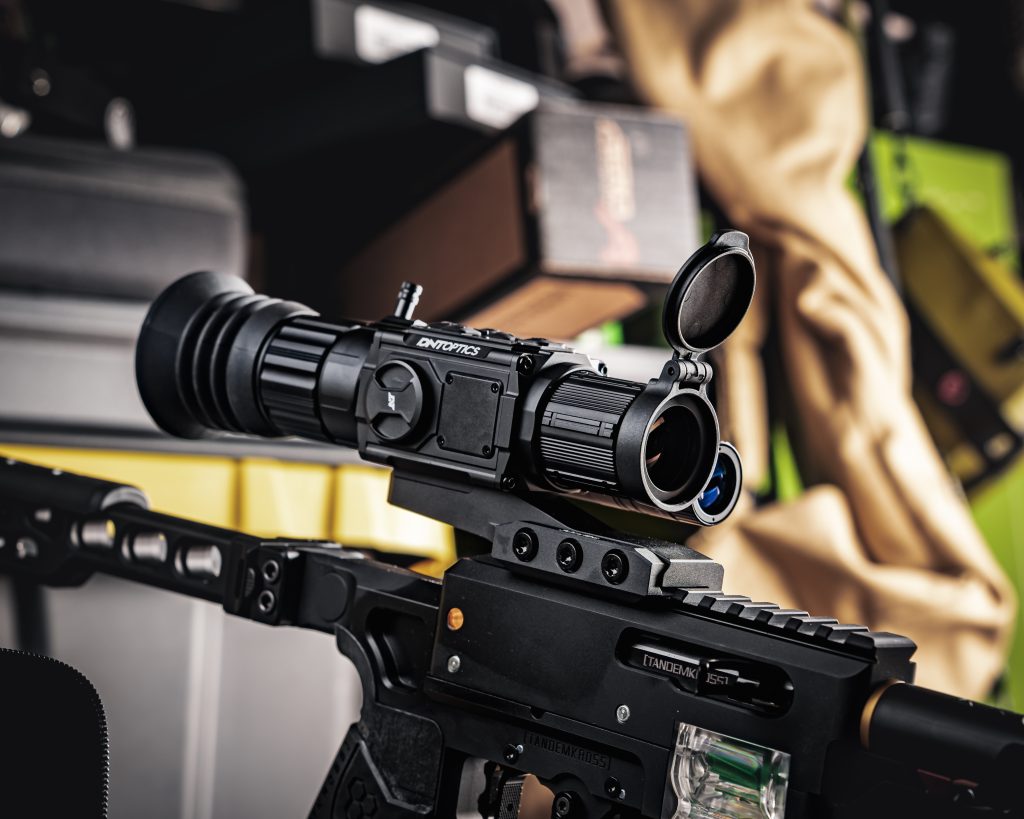Win CENS ProFlex DX5 earplugs worth £1,149 – enter here
Here’s why you should consider getting an FAC air rifle
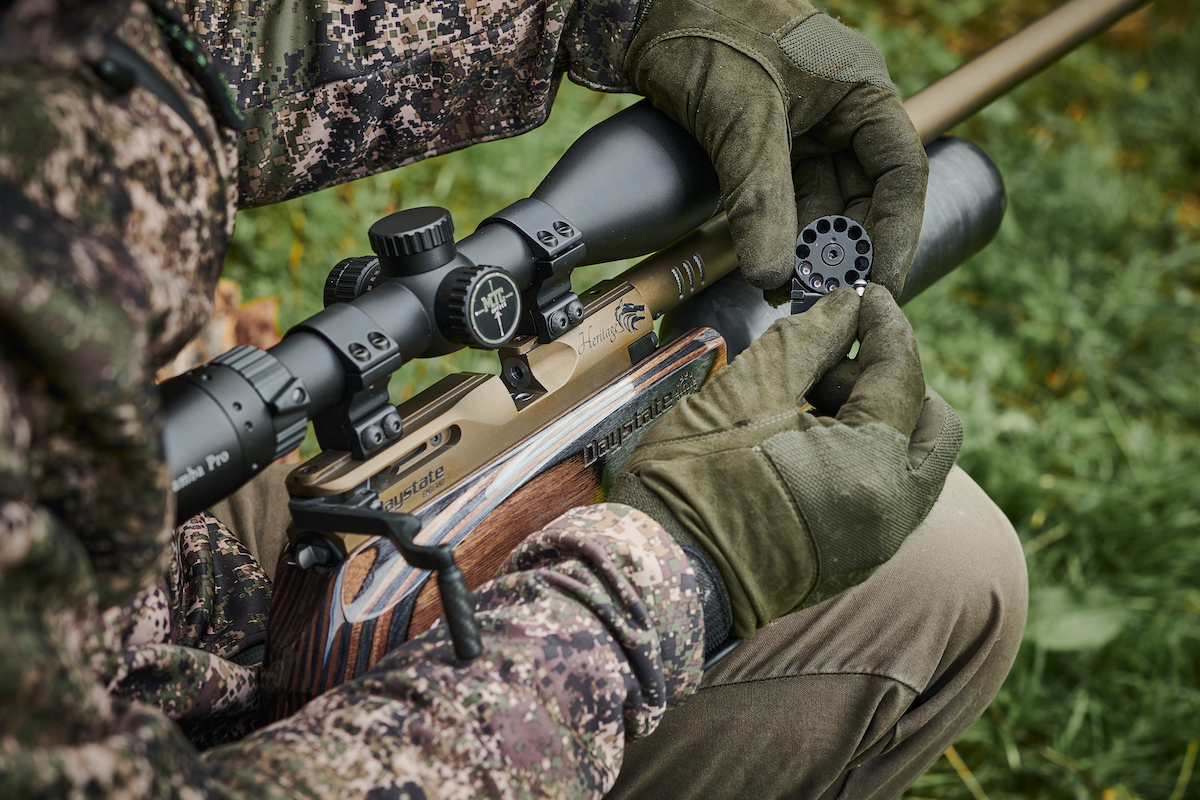 Daystate Heritage FAC Air Rifle Review
Daystate Heritage FAC Air Rifle Review
A firearms certificate air rifle – known as an FAC air rifle – is over 12 ftlb in power and so you will need to have an FAC certificate for it. (Read more on how to get an air rifle FAC certificate here.)
So why an FAC air rifle?
Let’s say your quarry is some squirrels or pigeons on the top of some tall trees. You’re too far away with a conventional air rifle. You absolutely can’t use a rimfire because a bullet shot upwards into a tree could kill somebody as it falls earthwards. You would deservedly lose your licence.
Rats can be shot with a sub-12 ft/lb air rifle at short distances but they are tough creatures. When the range is further I like to use a much more powerful tool. Whenever I’m asked to sort out these destructive rodents, I reach for my dedicated rat cannon – an old .25 calibre Theoben 12-250 that runs at about 50 ft/lb. It’s heavy and uses quite a lot of air, but I’ve fitted a quick-fill port so that I can top the bottle up in seconds. It has a devastating effect on a rat population.
Read Airgun Shooter’s list of the best FAC air rifles here.
FAC air rifle features
- Quiet
- Relatively cheap to buy and run
- Accurate to 70 yards
- Can be safely used in places where a bigger gun would be risky (like inside barns and stables)
- Most police forces agree to requests to own one
- While an FAC air rifle will give you more power, only fieldcraft skills will ensure shooting success
- If you own an FAC air rifle you will need a firearms certificate which you have to renew every five years. (More on getting an FAC certificate for your air rifle here.)
- You will need a secure gun cabinet in which to store your high powered air rifle. (Read our list of the best gun cabinets.)
- A high-powered air rifle can be more fussy about pellets than a legal-limit air rifle. So it’s worth experimenting with a few.
- Some FAC air rifle shooters opt for heavier ammunition to improve pellet stability. However switching to heavier pellets brings the user back to the curvy downrange trajectory that makes legal-limit airguns so tricky to master.
- FAC air rifles can get through a lot of air. It’s worth investing in a scuba tank or your own airgun compressor.
- High-powered airguns can deliver clean kills at considerable range. The problem is that the target is just as small as it ever was, and it is a lot harder to hit now that it is so much further away. As with a 12ft/lb airgun, your maximum shooting range is governed by your ability to land the pellet on a very small mark.
- FAC-rated airguns perform a lot better in the wind than legal-limit models, which can easily have their pellets blown off the mark by an unexpected gust.
FAC air rifle or rimfire?
So what should you get? There’s an argument for getting one of each. I have FAC air rifles in both .22 and .25, as well as a .17 HMR in my cabinets. Plus which, you can buy a second-hand FAC air rifle very reasonably. (Read this advice on buying a second-hand air rifle.)
Don’t be tempted to upgrade your current air rifle to an FAC spec – it will seriously devalue it.
If you’re already a conventional air rifle user and considering upgrading to something bigger you might be wondering which FAC air rifle to get. Or perhaps you have a centrefire rifle but need something less powerful on occasion.
Air rifle categories
Conventional air rifles
These can be spring, gas or air-powered and in the UK must legally be under 12 ft/lb of muzzle energy. They typically come in four calibres – .177; .20; .22 and .25.
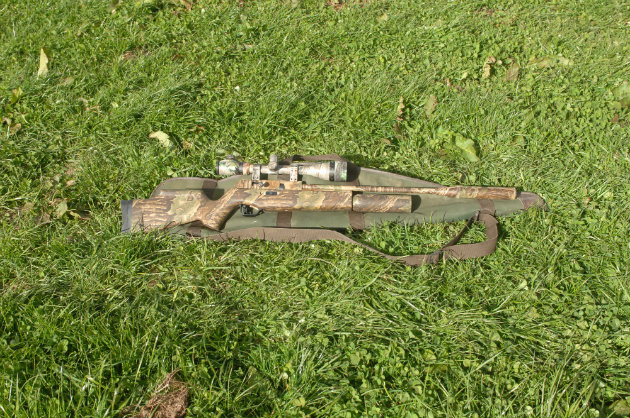
A .22 BSA Superten runs at about 30 ft/lb
FAC air rifles
You can have any power level you want once you have an FAC licence for your air rifle. In reality, most are in the 30 to 50 ft/lb range. Although any of the above calibres can theoretically be used, you can pretty well discount .177 and .20. This is because the limit to how much power can be generated is the speed of sound – as a pellet nears this it is said to go “transonic” and loses all accuracy. Unless you can get well clear of this figure you won’t be able to hit anything. The bottom line is that .22 works well up to about 30 ft/lb, while .25 can reach about 50 ft/lb. There are bigger calibres but they are rather specialist and are little used in this country.
3. Rimfire rifles. The most common are either .17 HMR (Hornady Magnum Rimfire) or .22 LR (Long Rifle), but there are several others too, such as the .22 WMR (Winchester Magnum Rimfire), the .17 Mach 2, and the relatively new .17 WSM (Winchester Super Magnum). The rimfire laws in the UK are strange. You are allowed to own a .22 semi-automatic, such as the ever-popular Ruger 10/22, but you are not permitted to own a self-loading rifle in the smaller .17 calibre.
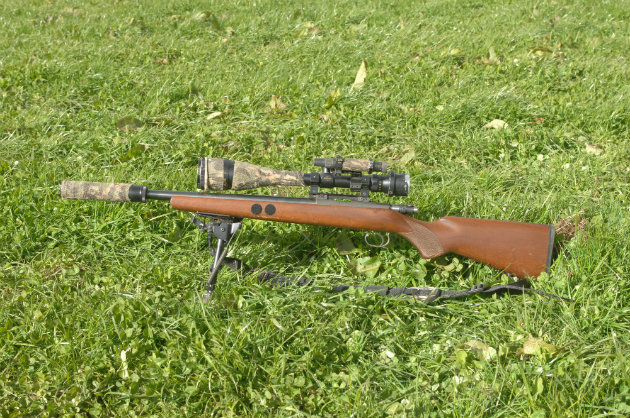
The CZ .17 HMR
Ammunition is available in the larger .22 calibre in a wide variety of formats, from solid to shot as well as in both sub-sonic and supersonic forms . However few people use anything but conventional one-piece lead bullets. The advantage of the slower round is that it is much quieter – with a decent moderator the discharge can be almost silent. The disadvantage is that it is not very powerful. Most makes, based on 40 grain bullet running at around 1,080 fps (330 m/s), produce just over 100 ft/lb (135J). The high velocity rounds are better, but still only produce around 140 ft/lb when running at 1,328 fps (405 m/s). They have the disadvantage that they make a loud supersonic crack when fired. On the positive side they are cheap.
Read our list of the best air rifle pellets.
Loopy trajectory
The worst thing about .22 rimfires, especially those in the subsonic form, is that they suffer from a very loopy trajectory. This is fine if you know what the range of your target is, but it’s a significant problem if you don’t. In daylight, you can always ping the distance with a rangefinder, but this is much harder at night when using nightvision (NV). I once fired almost a whole 10-round magazine at a rabbit sitting out in a big flat field. In the end it got bored and walked off! I went back the next day and I realised that it had actually been about 175 yards away! Through the NV it looked much closer – I’ve not used the .22 LR plus NV combo since.
The .17 HMR is, in my opinion, an excellent round for both daylight and NV purposes. It will take rabbits or corvids to around 175 yards, I don’t know why but it often spooks rabbits less than the quieter .22. However the ammunition is more expensive and sometimes harder to get hold of.
Read more here to decide what’s the best air rifle calibre for you.

The .17 HMR often spooks rabbits less than the quieter .22
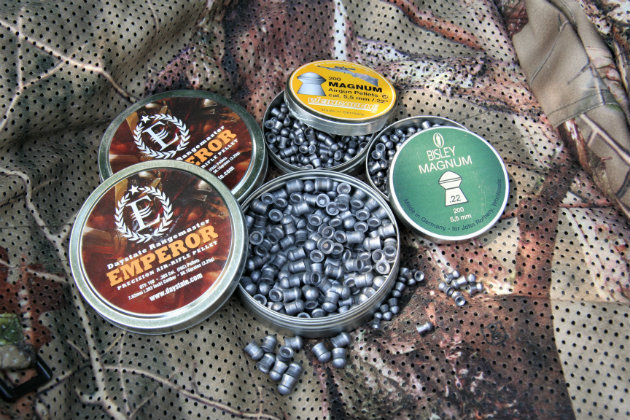
High powered air rifles can be pellet-fussy
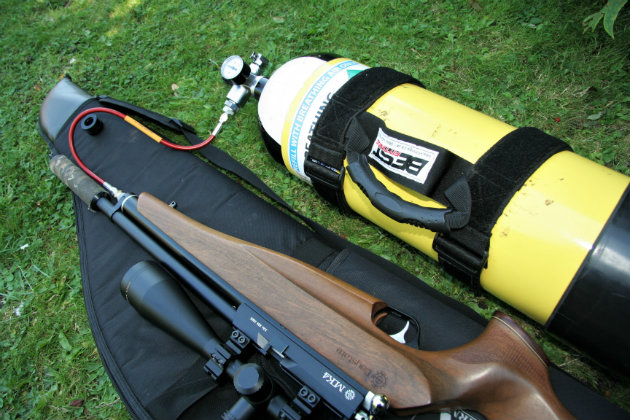
A scuba tank wins over a stirrup pump when it comes to keeping air-hungry FAC airguns topped up
Shooting Times contributor Matt Manning comments: “After about a decade of shooting with FAC-powered airguns, I have settled on a .22-calibre gun turning out 28ft/lb. It gives a fairly smooth firing cycle and keeps muzzle velocity slow enough for me to be able to get away with standard 16-gr Air Arms Diabolo Field pellets. The setup prints tight groups at 50m while maintaining a reasonably flat trajectory.
“My self-imposed maximum range is 60m. That is shooting off a bipod in calm conditions, and the majority of the shots I take with it are at less than 40m, within what most experienced shooters regard as the ceiling for a legal-limit airgun. Though the limitations of accuracy (mostly on my part) mean the extra power doesn’t extend my effective range by a great deal, it puts more pests in the bag by offering me a wider choice of kill areas.
“I restrict myself to head shots when tackling live quarry with a sub-12ft/lb airgun, but my 28ft/lb gun will deliver clean kills with a strike to the heart/lung area. Shots that would have been left because my target’s brainbox was obstructed are now on if I can get a pellet to its heart or lungs. It is surprising what a difference that makes, especially in scenarios where a rimfire would be too much gun.”
This article was previously published in 2017 and has been updated.
Related Articles
Get the latest news delivered direct to your door
Subscribe to Shooting Times & Country
Discover the ultimate companion for field sports enthusiasts with Shooting Times & Country Magazine, the UK’s leading weekly publication that has been at the forefront of shooting culture since 1882. Subscribers gain access to expert tips, comprehensive gear reviews, seasonal advice and a vibrant community of like-minded shooters.
Save on shop price when you subscribe with weekly issues featuring in-depth articles on gundog training, exclusive member offers and access to the digital back issue library. A Shooting Times & Country subscription is more than a magazine, don’t just read about the countryside; immerse yourself in its most authoritative and engaging publication.







